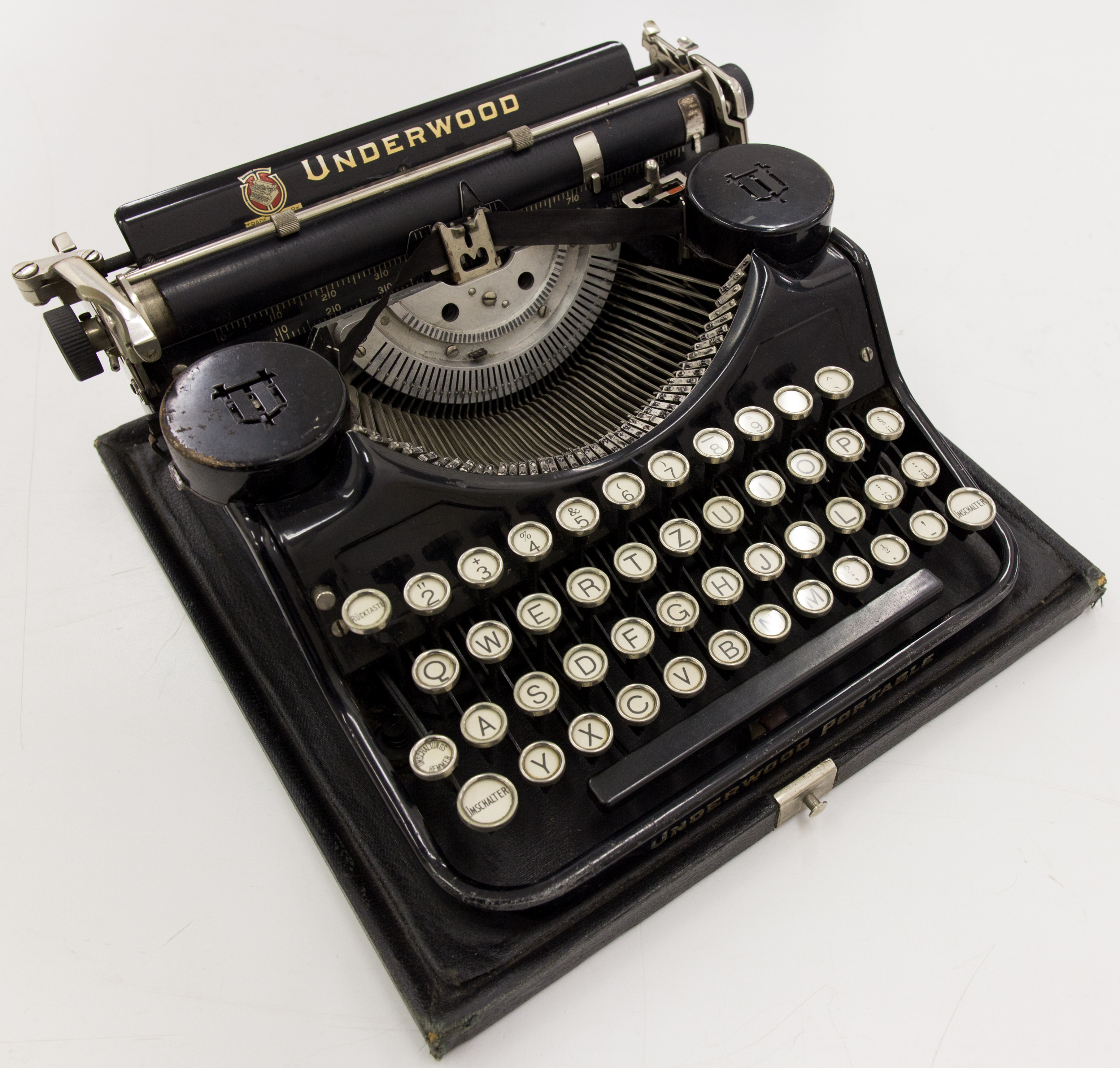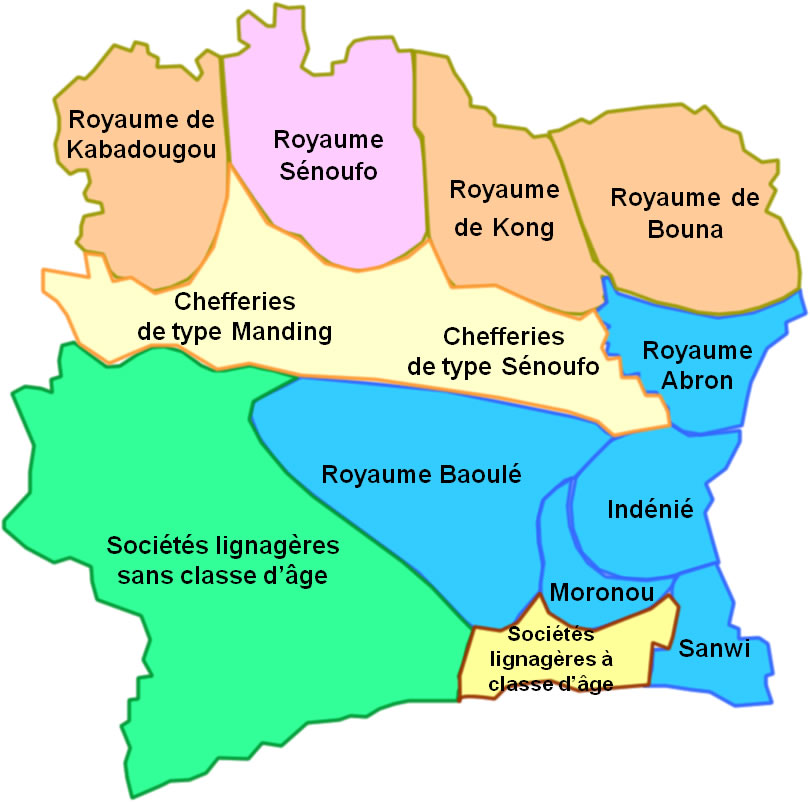|
N'Ko Script
NKo (ߒߞߏ), also spelled N'Ko, is an alphabetic script devised by Solomana Kante, Solomana Kanté in 1949, as a modern writing system for the Manding languages of West Africa. The term ''NKo'', which means ''I say'' in all Manding languages, is also used for the NKo language, Manding literary standard written in the NKo script. The script has a few similarities to the Arabic script, notably its direction (right-to-left) and the letters that are connected at the base. Unlike Arabic, it is obligatory to mark both Tone (linguistics), tone and vowels. NKo tones are marked as diacritics. History Kanté created N’Ko in response to erroneous beliefs that no indigenous African writing system existed, as well as to provide a better way to write Manding languages, which had for centuries been written predominantly in Ajami script, Ajami script, which was not perfectly suited to the Tone (linguistics), tones unique to Mandé and common to other West African languages. An anecdote popu ... [...More Info...] [...Related Items...] OR: [Wikipedia] [Google] [Baidu] |
Alphabet
An alphabet is a standard set of letter (alphabet), letters written to represent particular sounds in a spoken language. Specifically, letters largely correspond to phonemes as the smallest sound segments that can distinguish one word from another in a given language. Not all writing systems represent language in this way: a syllabary assigns symbols to spoken syllables, while logographies assign symbols to words, morphemes, or other semantic units. The first letters were invented in Ancient Egypt to serve as an aid in writing Egyptian hieroglyphs; these are referred to as Egyptian uniliteral signs by lexicographers. This system was used until the 5th century AD, and fundamentally differed by adding pronunciation hints to existing hieroglyphs that had previously carried no pronunciation information. Later on, these phonemic symbols also became used to transcribe foreign words. The first fully phonemic script was the Proto-Sinaitic script, also descending from Egyptian hi ... [...More Info...] [...Related Items...] OR: [Wikipedia] [Google] [Baidu] |
Ajami Script
Ajami (, ) or Ajamiyya (, ), which comes from the Arabic root for 'foreign' or 'stranger', is an Arabic script, Arabic-derived script used for writing Languages of Africa, African languages, particularly Songhai languages, Songhai, Mandé languages, Mandé, Hausa language, Hausa and Swahili language, Swahili, although many other languages are also written using the script, including Mooré language, Mooré, Pulaar language, Pulaar, Wolof language, Wolof, and Yoruba language, Yoruba. It is an adaptation of the Arabic script to write sounds not found in Standard Arabic. Rather than adding new letters, modifications usually consist of additional dots or lines added to pre-existing letters. History The script was first used between the 10th and the 16th centuries. It was likely originally created with the intent of promoting Islam in West Africa. The first languages written in the script were likely old Shilha language, Taseelhit or medieval Berber languages, Amazigh, Kanuri language, ... [...More Info...] [...Related Items...] OR: [Wikipedia] [Google] [Baidu] |
Ivory Coast
Ivory Coast, also known as Côte d'Ivoire and officially the Republic of Côte d'Ivoire, is a country on the southern coast of West Africa. Its capital city of Yamoussoukro is located in the centre of the country, while its largest List of cities in Ivory Coast, city and economic centre is the port city of Abidjan. It borders Guinea to the Guinea–Ivory Coast border, northwest, Liberia to the Ivory Coast–Liberia border, west, Mali to the Ivory Coast–Mali border, northwest, Burkina Faso to the Burkina Faso–Ivory Coast border, northeast, Ghana to the Ghana–Ivory Coast border, east, and the Atlantic Ocean's Gulf of Guinea to the south. With 31.5 million inhabitants in 2024, Ivory Coast is the List of African countries by population, third-most populous country in West Africa. Its official language is French language, French, and indigenous languages are also widely used, including Bété languages, Bété, Baoulé language, Baoulé, Dyula language, Dyula, Dan language, Da ... [...More Info...] [...Related Items...] OR: [Wikipedia] [Google] [Baidu] |
Online N'ko Classroom Via WhatsApp (cropped)
In computer technology and telecommunications, online indicates a state of connectivity, and offline indicates a disconnected state. In modern terminology, this usually refers to an Internet connection, but (especially when expressed as "on line" or "on the line") could refer to any piece of equipment or functional unit that is connected to a larger system. Being online means that the equipment or subsystem is connected, or that it is ready for use. "Online" has come to describe activities and concepts that take place on the Internet, such as online identity, online predator and online shop. A similar meaning is also given by the prefixes cyber and e, as in words ''cyberspace'', ''cybercrime'', ''email'', and ''e-commerce''. In contrast, "offline" can refer to either computing activities performed while disconnected from the Internet, or alternatives to Internet activities (such as shopping in brick-and-mortar stores). The term "offline" is sometimes used interchangeably w ... [...More Info...] [...Related Items...] OR: [Wikipedia] [Google] [Baidu] |
Google Translate
Google Translate is a multilingualism, multilingual neural machine translation, neural machine translation service developed by Google to translation, translate text, documents and websites from one language into another. It offers a web application, website interface, a mobile app for Android (operating system), Android and iOS, as well as an API that helps developers build browser extensions and application software, software applications. As of , Google Translate supports languages and language varieties at various levels. It served over 200 million people daily in May 2013, and over 500 million total users , with more than 100 billion words translated daily. Launched in April 2006 as a statistical machine translation service, it originally used United Nations and European Parliament documents and transcripts to gather linguistic data. Rather than translating languages directly, it first translated text to English and then pivoted to the target language in most of the langu ... [...More Info...] [...Related Items...] OR: [Wikipedia] [Google] [Baidu] |
Soviet Union
The Union of Soviet Socialist Republics. (USSR), commonly known as the Soviet Union, was a List of former transcontinental countries#Since 1700, transcontinental country that spanned much of Eurasia from 1922 until Dissolution of the Soviet Union, it dissolved in 1991. During its existence, it was the list of countries and dependencies by area, largest country by area, extending across Time in Russia, eleven time zones and sharing Geography of the Soviet Union#Borders and neighbors, borders with twelve countries, and the List of countries and dependencies by population, third-most populous country. An overall successor to the Russian Empire, it was nominally organized as a federal union of Republics of the Soviet Union, national republics, the largest and most populous of which was the Russian SFSR. In practice, Government of the Soviet Union, its government and Economy of the Soviet Union, economy were Soviet-type economic planning, highly centralized. As a one-party state go ... [...More Info...] [...Related Items...] OR: [Wikipedia] [Google] [Baidu] |
Eastern Europe
Eastern Europe is a subregion of the Europe, European continent. As a largely ambiguous term, it has a wide range of geopolitical, geographical, ethnic, cultural and socio-economic connotations. Its eastern boundary is marked by the Ural Mountains, and its western boundary is defined in various ways. Narrow definitions, in which Central Europe, Central and Southeast Europe are counted as separate regions, include Belarus, Russia and Ukraine. In contrast, broader definitions include Moldova and Romania, but also some or all of the Balkans, the Baltic states, the Caucasus, and the Visegrád Group, Visegrád group. The region represents a significant part of Culture of Europe, European culture; the main socio-cultural characteristics of Eastern Europe have historically largely been defined by the traditions of the Slavs, as well as by the influence of Eastern Christianity as it developed through the Byzantine Empire, Eastern Roman Empire and the Ottoman Empire. Another definition was ... [...More Info...] [...Related Items...] OR: [Wikipedia] [Google] [Baidu] |
Typewriter
A typewriter is a Machine, mechanical or electromechanical machine for typing characters. Typically, a typewriter has an array of Button (control), keys, and each one causes a different single character to be produced on paper by striking an ink ribbon, inked ribbon selectively against the paper with a Sort (typesetting), type element. Thereby, the machine produces a legible written document composed of ink and paper. By the end of the 19th century, a ''person'' who used such a device was also referred to as a ''typewriter''. The first commercial typewriters were introduced in 1874, but did not become common in offices in the United States until after the mid-1880s. The typewriter quickly became an indispensable tool for practically all writing other than personal handwritten correspondence. It was widely used by professional writers, in offices, in business correspondence in private homes, and by students preparing written assignments. Typewriters were a standard fixture in m ... [...More Info...] [...Related Items...] OR: [Wikipedia] [Google] [Baidu] |
Guinea
Guinea, officially the Republic of Guinea, is a coastal country in West Africa. It borders the Atlantic Ocean to the west, Guinea-Bissau to the northwest, Senegal to the north, Mali to the northeast, Côte d'Ivoire to the southeast, and Sierra Leone and Liberia to the south. It is sometimes referred to as Guinea-Conakry, after its capital Conakry, to distinguish it from other territories in the Guinea (region), eponymous region, such as Guinea-Bissau and Equatorial Guinea. Guinea has a population of 14 million and an area of . Formerly French Guinea, it achieved independence in 1958. Guinea has a history of military coup d'état, coups d'état.Nicholas Bariyo & Benoit FauconMilitary Faction Stages Coup in Mineral-Rich Guinea ''Wall Street Journal'' (5 September 2021).Krista LarsonEXPLAINER: Why is history repeating itself in Guinea's coup? Associated Press (7 September 2021).Danielle PaquettHere's what we know about the unfolding coup in Guinea ''Washington Post'' (6 Septembe ... [...More Info...] [...Related Items...] OR: [Wikipedia] [Google] [Baidu] |
Kankan
Kankan ( Mandingo: Kánkàn; N’ko: ߞߊ߲ߞߊ߲߫) is the largest city in Guinea in land area, and the third largest in population, with a population of 198,013 people as of 2020. The city is located in eastern Guinea about east of the national capital Conakry. The city is the capital and largest town of the Kankan Prefecture and of the Kankan Region with its population being largely from the Mandinka ethnic group. Etymology Kankan had different names before being dubbed Kankan during Arafan Kabine's rule as patriarch, which means 'the defenses' (or 'God protect our city from all the attacks'), due to successives attacks by the unfaithful people. But there are other terms which says that during the Kaba's negotiation of the place from Conde's, they were informed to install where the people made the ''Kankan'' (A fixed wood that Mandes often used as a door), and there were no other human settlement between Makonon and Diankana (30 km) during this moment. The o ... [...More Info...] [...Related Items...] OR: [Wikipedia] [Google] [Baidu] |
Côte D'Ivoire
Ivory Coast, also known as Côte d'Ivoire and officially the Republic of Côte d'Ivoire, is a country on the southern coast of West Africa. Its capital city of Yamoussoukro is located in the centre of the country, while its largest city and economic centre is the port city of Abidjan. It borders Guinea to the northwest, Liberia to the west, Mali to the northwest, Burkina Faso to the northeast, Ghana to the east, and the Atlantic Ocean's Gulf of Guinea to the south. With 31.5 million inhabitants in 2024, Ivory Coast is the third-most populous country in West Africa. Its official language is French, and indigenous languages are also widely used, including Bété, Baoulé, Dyula, Dan, Anyin, and Cebaara Senufo. In total, there are around 78 languages spoken in Ivory Coast. The country has a religiously diverse population, including numerous followers of Islam, Christianity, and traditional faiths often entailing animism. Before its colonisation, Ivory Coast was ho ... [...More Info...] [...Related Items...] OR: [Wikipedia] [Google] [Baidu] |
Bingerville
Bingerville is a town in south-eastern Ivory Coast. It is a suburb of Abidjan city and one of four sub-prefectures of Abidjan Autonomous District. Bingerville is also a commune. The town is located about 10 kilometres east of Abidjan and lies on the Ébrié Lagoon. Villages in the sub-prefecture include Eloka. Bingerville is home to École militaire préparatoire technique (EMPT), a military academy. History Bingerville (13,000 BP) and Iwo-Eleru (11,000 BP) are the most early microlithic industries in West Africa. Originally a market town, Bingerville grew as the capital of the French colony from 1909 until 1934. It is named after Louis-Gustave Binger, a former French colonial governor. Many colonial buildings survive in the town, which is also known for its botanical gardens. Prior to the 2011 reorganisation of the subdivisions of Ivory Coast, Bingerville was part of the Lagunes Region. Notable people * Mamadou Koné, footballer * Wilfried Bony, footballer * Eric ... [...More Info...] [...Related Items...] OR: [Wikipedia] [Google] [Baidu] |




